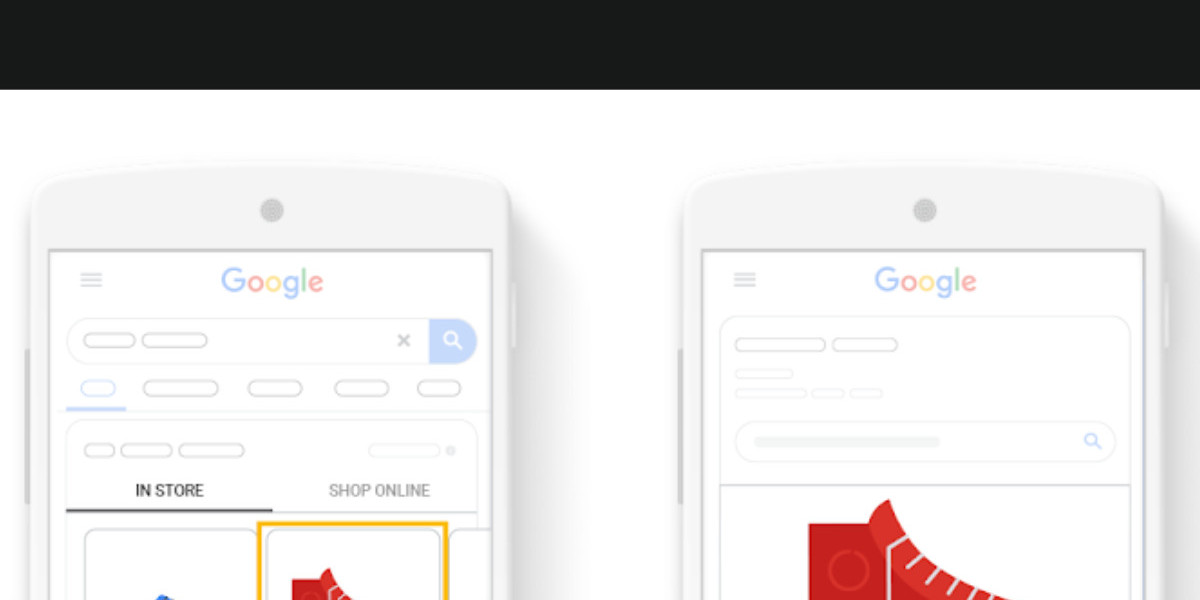Google Shopping Titles That Convert? Here’s Magic Formula!
Crafting the perfect product title on your website is one thing, but when it comes to Google Shopping, the stakes are higher. Your product title isn’t just a name; it’s a direct communication to Google and your potential buyer. It's the bridge between search intent and product discovery. If your titles aren’t optimized, your products could be invisible.
So, what’s the magic formula for writing Google Shopping product titles that convert? Let’s break down the secret behind high-performing Google Shopping feeds, the power of automation, and the strategy behind effective title structures.
Why Product Titles Matter So Much in Google Shopping
In a Google Shopping campaign, you don’t get to target keywords manually. Google uses your Google Shopping product feed—especially your product titles—to understand what your items are and which queries they’re relevant to.
That means your Google Shopping product titles do the heavy lifting when it comes to matching your products with shopper searches. If your titles aren’t clear, detailed, or aligned with what people are typing into Google, your products won’t show up—or worse, they’ll show up for the wrong audience.
The Foundation: A Well-Structured Google Shopping Feed
Before you start perfecting titles, you need to make sure your Google Shopping feed is in good shape. Your product feed is the data pipeline that connects your store to Google Merchant Center. It contains everything from product titles and descriptions to prices, stock status, and images.
A messy or incomplete Google Shopping product feed leads to disapproved listings, poor ad placement, and missed opportunities. Your titles won’t shine if the rest of your data is dragging them down.
Automation: Your Secret Weapon
If you’re running a store with more than a handful of products, doing everything manually becomes unsustainable. That’s where Google Shopping Feed Automation changes the game.
With automation tools, you can dynamically build product titles based on a predefined structure. For example, you can automatically generate a title like:
Brand + Product Type + Color + Size + Key Feature
This ensures every title follows the same optimized format, even as your inventory changes.
Google Shopping Feed Automation also helps you stay updated in real time. When you change something on your store—like a product name, color, or price—the feed updates automatically. No delays, no mismatches, just consistent, optimized data flowing into your ads.
The Magic Formula for Google Shopping Titles
So, what should an optimized Google Shopping product title actually look like? The answer depends slightly on your industry, but the winning structure usually includes:
[Brand] + [Product Type] + [Key Attributes] + [Size/Color/Material] + [Model or Variant]
For example:
Adidas Ultraboost Men’s Running Shoes – Black – Size 10
This format works because it mirrors how people actually search. Someone typing "Adidas black running shoes size 10" is highly likely to click on that product. Google rewards this alignment between query and title with better placement in Shopping results.
Google Shopping title optimization is all about balance: being descriptive without being spammy, specific without being cluttered.
Match Titles to Search Intent
The real magic behind Google Shopping product titles that convert lies in matching shopper intent. Shoppers aren't searching for vague terms like “Cool Shirt.” They're searching for specifics like “Men’s Slim Fit Cotton Dress Shirt Blue Size Medium.”
To do this effectively, analyze your search term reports regularly. What words are triggering your ads? What search terms are converting? Use this information to refine your titles and improve your overall Google Shopping product feed strategy.
Don’t Rely on Default Product Names
One of the most common mistakes merchants make is using default product names as their titles. While your internal naming conventions might make sense to your team, they rarely align with what customers are actually typing into Google.
For example, naming a product “SKU1234_Blue” tells Google nothing. But renaming it to “Blue Waterproof Hiking Jacket – Men’s – Size L” suddenly opens the door to a whole range of relevant search queries.
Through Google Shopping Feed Automation, you can easily transform raw product names into fully optimized titles by combining product attributes and rules, giving every listing a fighting chance in search.
Testing and Tweaking for Better Results
Even the most well-optimized titles need testing. Trends change. Competitor titles evolve. What works this month might not work next quarter.
Try testing different formats for your Google Shopping product titles across categories. In some cases, leading with the brand works best. In others, putting the product type first may perform better. The key is to monitor click-through rates, conversions, and impressions to spot patterns and double down on what works.
Continuous Google Shopping title optimization is a habit that separates average-performing stores from top-tier merchants. It’s not a one-time fix—it’s an ongoing strategy.
The Role of Images and Descriptions
While your product title is the primary field Google looks at, it's not working alone. Your Google Shopping product feed also includes descriptions, images, categories, and pricing—all of which influence how Google ranks your listings.
So, while crafting the perfect title, don’t neglect the rest of the feed. A title that promises “Men’s Leather Dress Shoes – Black – Size 11” needs a product image and description to match. Consistency across the feed builds trust with Google and confidence with your customers.
Automation helps here too—ensuring that your product attributes, descriptions, and images always stay aligned with your Google Shopping Feed and titles.
Final Thoughts: Don’t Guess—Structure It for Success
Perfect Google Shopping product titles don’t happen by accident. They’re built through smart strategy, thoughtful structure, and consistent execution. When paired with a clean, well-managed Google Shopping product feed, they become the driver behind real performance.
The real "magic formula" isn’t one-size-fits-all—but it always starts with understanding how your customers search, and then building your product titles to meet that demand head-on.
So if you’re ready to boost visibility and turn impressions into sales, start with your product titles. That’s where the real magic begins.








